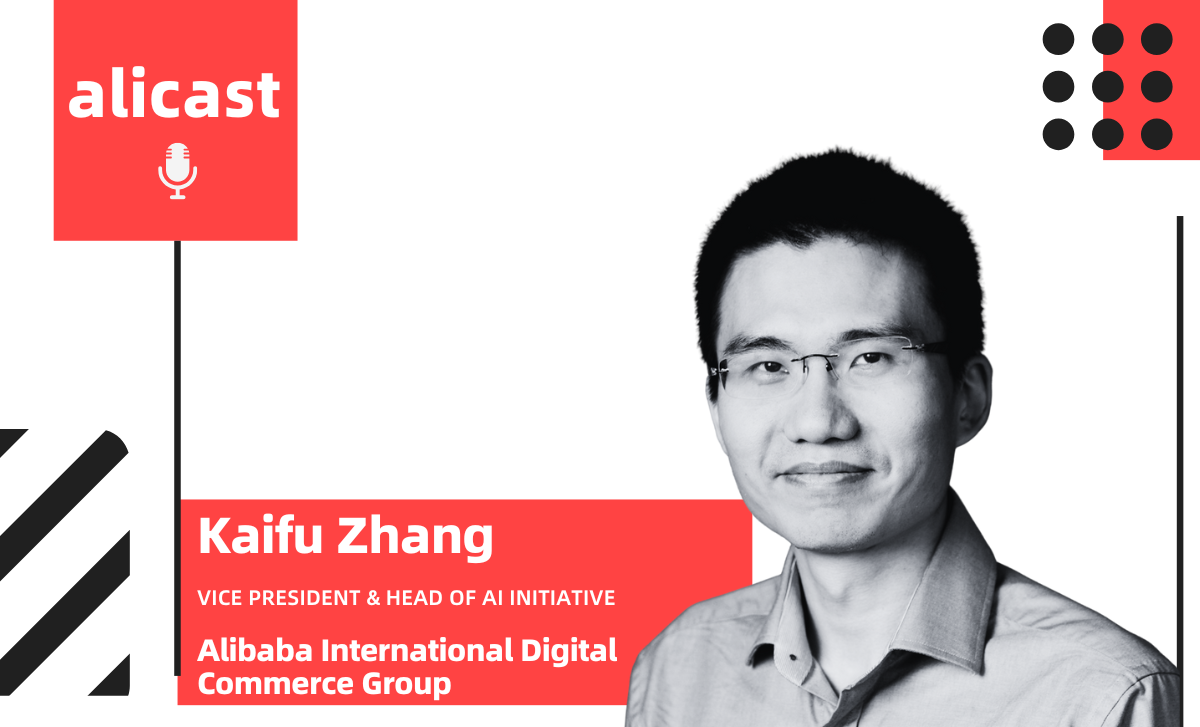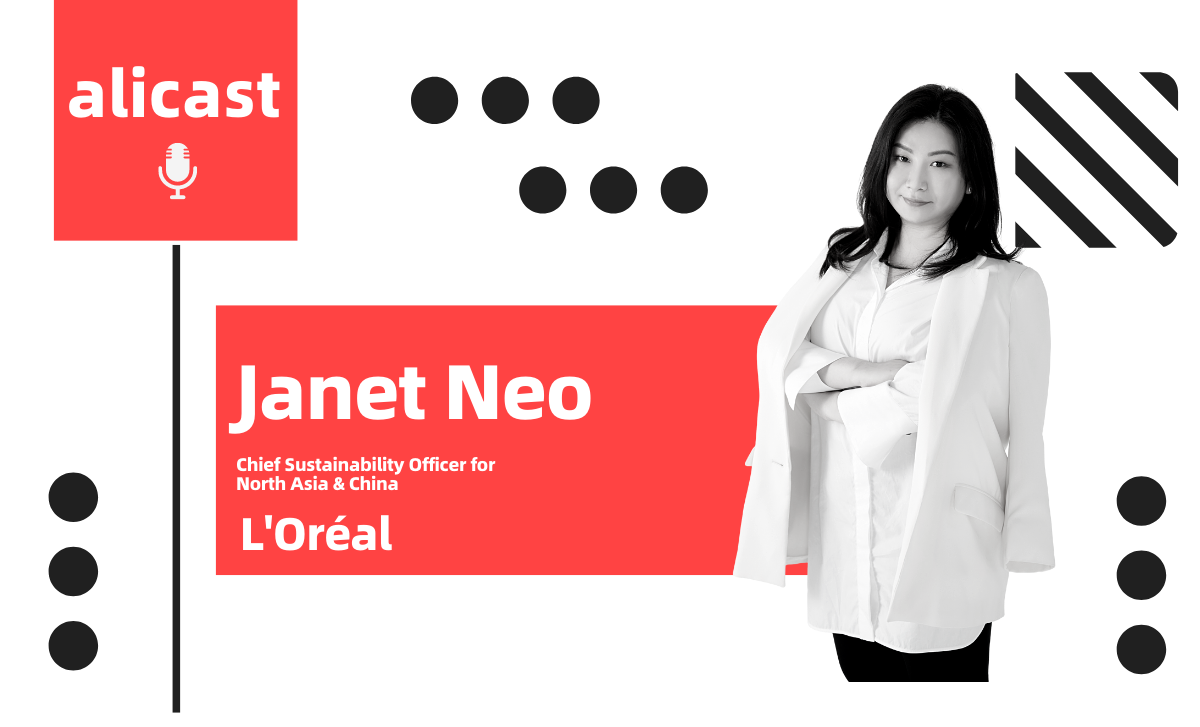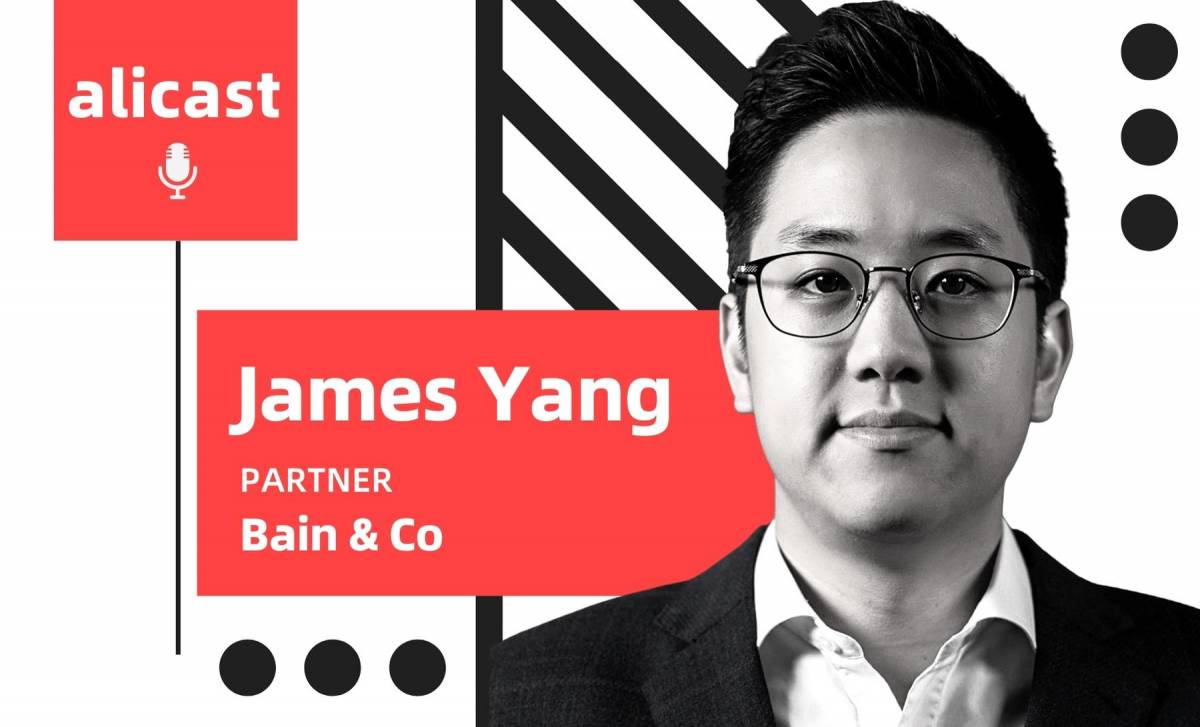
Click on the “play” button below to listen to the podcast.
TMIC is an illustration of how Alibaba helps brands leverage digital tools, market insights and analytics to identify their own pain points and come up with the most-effective solution to address their own challenges. Below is a transcript of our conversation with Dan, edited for length and clarity.
What got you interested in TMIC and what were your big takeaways?
My interest in Alibaba and China commerce in general grows out of the curriculum that I am involved in at Harvard Business School, where we’re focusing on the leadership questions around the future of commerce. My visiting to Alibaba in general, and TMIC specifically, was a great opportunity to get a vision of the future. What is present today inside of Alibaba is what I believe will come to many parts of the world. And in that respect, it’s an important topic for all business leaders, everybody managing work in the future, to really understand.
One of your areas of expertise is in the future of commerce. Before we talk about the future, can you give us some background on what has happened to these big-brand companies and in the global retail market. What are some of the challenges they’ve been facing? How can TMIC help them to counter these challenges?
It’s so interesting. Large-scale companies like J & J, Unilever and Procter & Gamble are collectively known as CPG companies. Their success is often measured by the ability to grow their business, being super-efficient and delivering return on invested capital. Many of these companies recognize there’s big distinctions and rapidly accelerating markets, such as China, where their current organization structure and their current go-to-market structure didn’t provide the speed and agility to be effective in those markets.
You talked about another challenge facing these companies is the emergence of micro brands. Can you tell us about that?
These CPG companies are organized by geography. Their business model is around manufacturing massive quantities in a very efficient way. Keep the cost down and things like changeover times in small runs, personalization, small brands, run against the goal of efficiency, and the fundamental conflict is that large CPG companies are much like large farms, large multibillion-dollar operations. Leaders of these organizations are really not incentivized to bet the farm. And yet at the same time, what we’re finding is there are gardeners or people who run smaller enterprises that are planting lots of seeds, lots of small ideas, looking for a few to sprout. Some really created a point of difference in the marketplace. And that is the emergence of micro brands, which we see are growing.
It’s important to recognize that in a large CPG company, the time that’s required to develop a new product and the number and types of people that need to engage to approve a product and to move it through to launch is much more complex than what we see in the typical micro brand. A typical company organizes in a very agile way. In a large CPG company, launching a new product can take 15 or 18 months.
So the work that a CPG goes through to discover an idea, to design the idea, to qualify it, to get it ready and to launch it and to pass through all the milestones that the organization requires is complicated. The process was often complicated simply because it required crunching lots of sales data, conducting consumer surveys, holding focus groups, but the sales data wasn’t often linked to specific consumers, for example, or even clusters of consumers. Surveys and focus groups were expensive and time-consuming. It wasn’t a continuing dialogue with these consumers that was providing the feedback. It’s about agility and speed and precision of insight.
What is it about China and about Chinese consumers that makes it a really fertile ground for these micro brands?
The Chinese retail market is widely considered to be much more integrated with the internet and mobile technologies in general than the West. It has 36% or 40% of all commerce volume done digitally. It’s already a digitized market. And the consumer is undeniably digital and maybe the most rapidly developing digital market.
What are the value propositions TMIC bring to its brand partners?
TMIC’s ability to simply track the trends – what consumers are doing, not what they’re saying, but what their actual behavior is, which we’ll call the “trend observer” – has great value to big and small brands, alike. The second element is this world of brand creation or product creation – the ability to powerfully discover population segments while at the same time socially shaping your product idea as an entrepreneur or a product manager. The ability of TMIC to connect you with these consumers and to get reasonably fast feedback as you move from product idea to launch is what used to take 18 months, versus the TMIC model, which only takes six months. Reducing these new product-launch cycles by that amount not only reduces the cost but also increases the probability of a real win. And it’s based on what consumer’s actual behavior, not on what they say. Oftentimes products have been built on opinions, not on behavior. The brand co-creator gets you to behavior.
TMIC also offers brands the option of simulating a launch, putting up mock products on Tmall. These tools are super interesting. And as TMIC evolves and its partners evolve with it, I believe we’re going to move into a world where product leaders will be able to create and target a product while at the very same time build an audience and advocates. And perhaps some of those will be key consumer influencers. But as we build that product idea and we build an audience at the very same time, you’re not only changing the product development and launch cycle, you’re shortening significantly the time to scale. And this is the inherent advantage of the TMIC model.
Can you tell us a little bit more about what TMIC could do to help companies become more agile and nimble, especially in China, where the market is evolving so fast?
I have to say that one of the greatest moments in this case that we developed, for me, was during my visit to the Alibaba offices – when I realized that this was a platform that would allow you to quickly see the possibility and to see where and how to accelerate your business. We live in a world where the consumer expectation is around speed, ideas, speed execution. The TMIC advantage begins with the data. There’s no question the size of the audience, the quality interactions and the visibility that you get from the data is super powerful.
What I believe will happen is CEOs with tools like TMIC will see the change and then want to be the change. They will want to lead it. And this is what we saw in the case that we developed with you in examples like Mars and Mondelez. The 400-500 other companies that have engaged with TMIC are the kinds of pilots – the seeds they plant in their garden that help them see the change. And that’s the stimulus TMIC can provide.
How was TMIC able to help global giants like Mars?
Mars had nice experiences selling through Tmall and engaging with other parts of Alibaba. It entered into a strategic partnership with Alibaba to really fulfill both companies’ missions, including how to better serve hundreds of millions of consumers. And in the context of Alibaba, what that really meant was this world of merging online and offline, or New Retail, which is the notion that digital can be integrated with physical. Retailer and brands can leverage physical outlets to engage consumers digitally.
So in this world that I’m describing, what Mars quickly realized is that scaling its traditional brands requires consumers to have fairly homogeneous tastes in countries like China. We know there’s great diversity there. And so, using Alibaba’s targeted, data-driven marketing, and this notion of building highly personalized or modified products for those consumers provided, in the early days, some great feedback and results, Mars moved on and began to create truly custom products, truly distinctive products, such as their spicy Snickers. And it’s so interesting because 90% of innovation often fails – not only does it take a long time, it also costs a lot of money. Mars learned through the spicy Snickers initiative that they were able to not only be faster to market, but they were actually able to bring down their failure rate. As I recall, the ratings and reviews that they received on that product were 92% or 93% positive. It was super, super impressive.
And that evolved into the next-level initiative: the Sheba Magic Box, which was this notion that consumers in the China market had very special relationships with their cats. They were able to launch a premium cat food product that included gourmet cat food and matching scarves for pet and pet-owner. The packaging could become a cat box. This was built by a team from Mars that was very agile. That really drove great success. And the time between this product being conceived and when it began to be sold was just over a month. This product was shaped by the very consumers who were going to buy the product. And that product was entirely shaped by 2000-3000 specific consumers who provided lots of ideas around what the product could be and where it should go. And it really replaced the whole notion of traditional focus groups and product launches. It really sped up the entire process.
I know that with Mondelez, which is the producer of Oreo, they worked quite closely with TMIC to come up with a new product idea. Tell us a little bit about that case and how that is a good example of how TMIC can help companies retrofit or spark new ideas.
I think the Mondelez case is very interesting. When they engaged with TMIC in 2019, their goal was very much about understanding what consumers were consuming as an alternative to or alongside products they manufacture, like Oreo cookies. And through the TMIC data, they were able to discover quickly that Chinese consumers were also buying dried fruits and nuts in a snacking fashion. And it was these sorts of consumer insights that enabled them to develop a more snackable Oreo cookie. And they were also able to make a much-more informed decision about what their manufacturing infrastructure would look like, what their production infrastructure would look like and what the expectation might be from e-commerce revenue. This Oreo product in the China market, in turn, led to a meeting about investment in people and resources in product development.
It was just very interesting how that evolved as they started to scale the idea of a snackable Oreo that could be included with nuts and other dried fruits. They began to really understand that they might have an opportunity in the category of trail mix. And so they went on to leverage the data of TMIC’s simulation services so they could test alternative packaging and product configurations. And at the same time, begin to receive actual orders and feedback that ultimately informed the final packaging, the final pricing over a three- or four-month period. Moving from this initial idea to the first production was incredibly fast again. So the new Oreo met its targeted commercial rates and at the same time expanded consumption in the category and had a pretty high repeat-purchase rate. And it really was the foundation of an organizational change that Mondelez then brought to its China structure: this more-agile product-innovation team.
Do you foresee that a TMIC 2.0 could go beyond China?
To step back from this just a second, the number-one ingredient for successful relationships is an engaged consumer. So as Alibaba expands its relationships with consumers around the world, for example, through Alipay and through Tmall and various parts of the Alibaba ecosystem, I believe that those relationships will open up the possibilities for Alibaba and for brands to use a team model to organize that data, to combine that data, perhaps with manufacturers’ data from particular markets. And it’s the pairing of that data that will ultimately create an incredible global platform. The critical ingredient is when will Alibaba have enough insight in each geography. And once it does, the analytics and the “go-to-market” product development strategies, these agile strategies you’ve described, will follow.
We could have all the models and all the points and all the solutions, but it’s really up to humans, the leaders, especially of companies, to have that key understanding. How can they leverage this model so they can empower themselves to come up with the right solution?
I believe that even the most data- and analytic-driven organizations in the world today would all suggest to you that it still requires human intervention. Humans are still going to be involved in orchestrating, directing and isolating opportunities. The work will be different from what they do today. Automation will be part of the toolkit for the new executive, the new brand-builders of the coming decade.
As Executive-in-Residence at the Harvard Business School, Daniel O’Connor contributes to the project on managing the future of work. He passionately pursues research on topics that drive future competitiveness, leadership and workforce reskilling. To obtain a copy of the recently completed case study titled, “Agile Consumer Product Innovation with Alibaba’s Tmall Innovation Center,” please visit this link.




